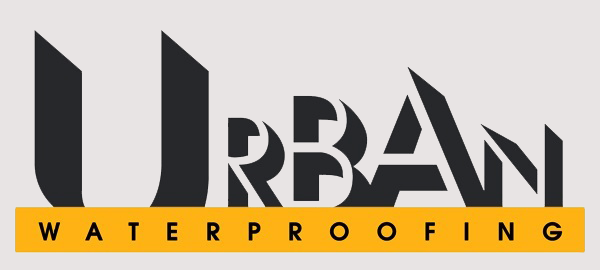An old building gets a new look with a bulletproof waterproof membrane
3550 West Bayshore
Like many buildings originally constructed in the 80s, the new owners wanted to update the facade to something more contemporary. The plan consisted of installing a new Hardie panel system over the original wood siding. Urban Waterproofing was hired to apply a waterproof air and water barrier to the wood cladding below the siding as the primary waterproofing system for the new Hardie panel design.
The variety of new finishes available to provide modern design options, like recycled wood, plaster, corrugated metal, and cement panel, all rely on a bulletproof waterproof membrane behind. While this membrane is hidden, it requires meticulous detailing to make sure that any water bypassing the decorative siding, which it will, does not make it into the wall cavity, causing mold or damaging interior finishes. To this end, installers have to make sure they get 100% coverage and detail all openings and transitions properly. With an entire siding system going OVER your work, the expense of removing the exterior finish to replace or redo work is very scary.
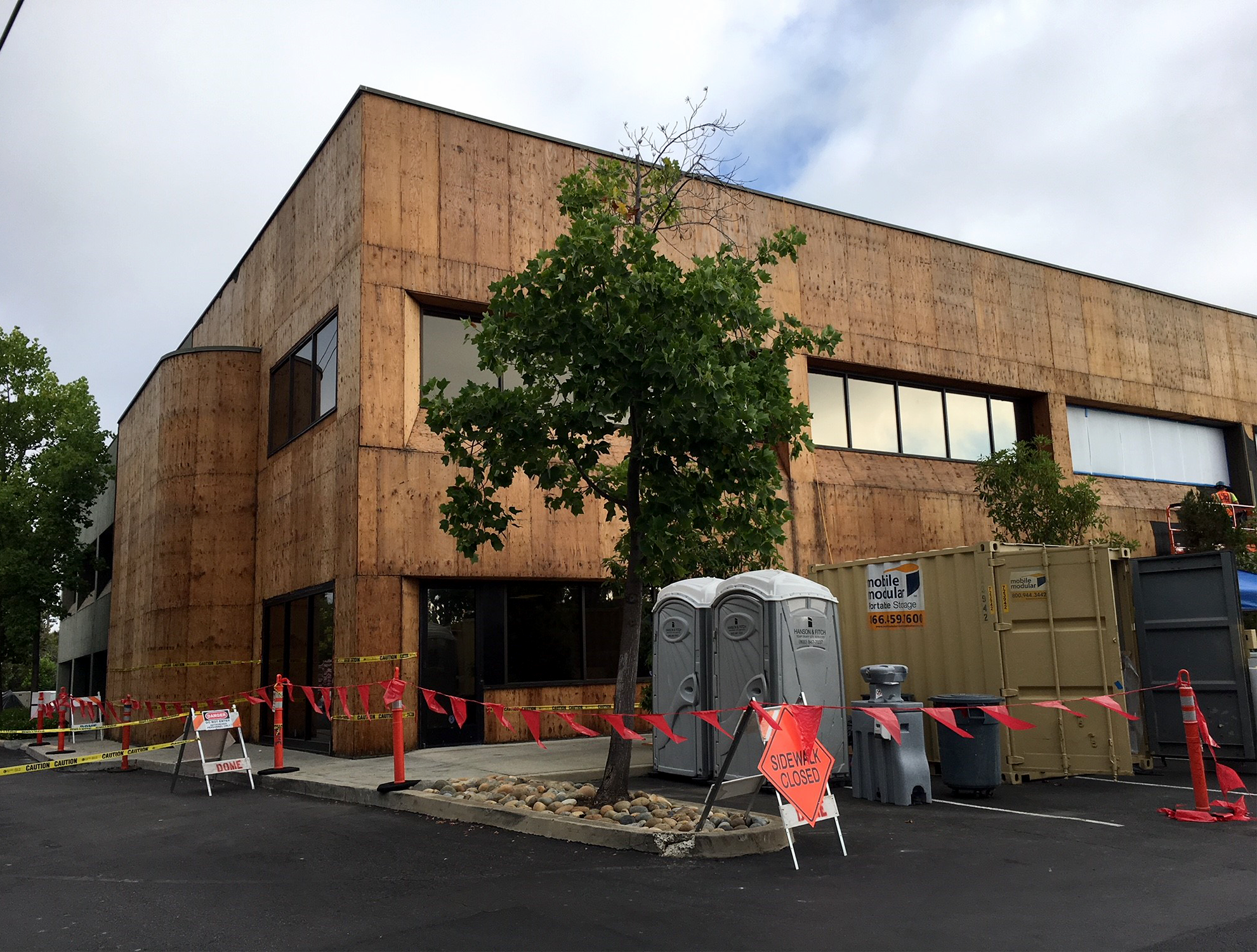
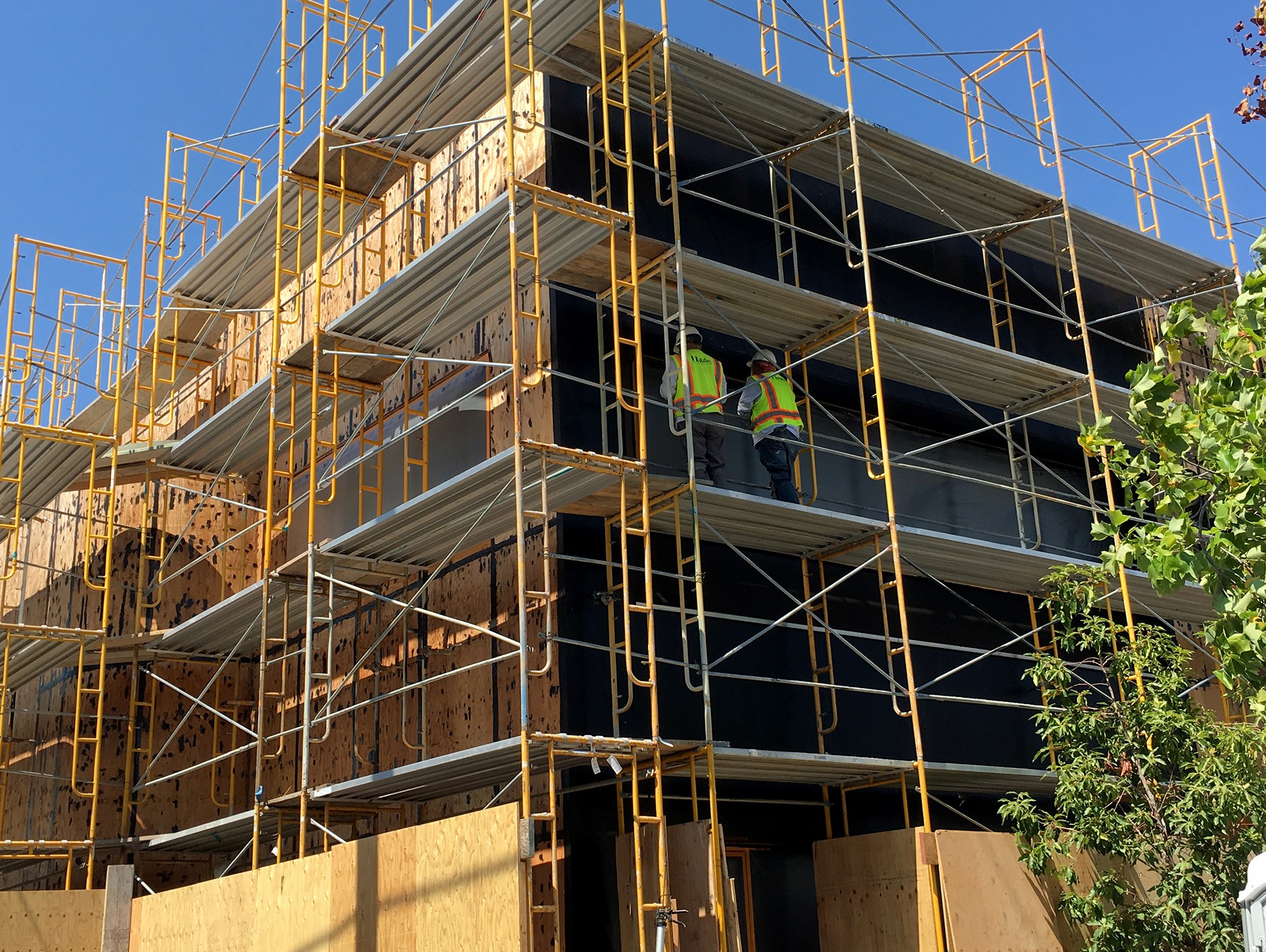
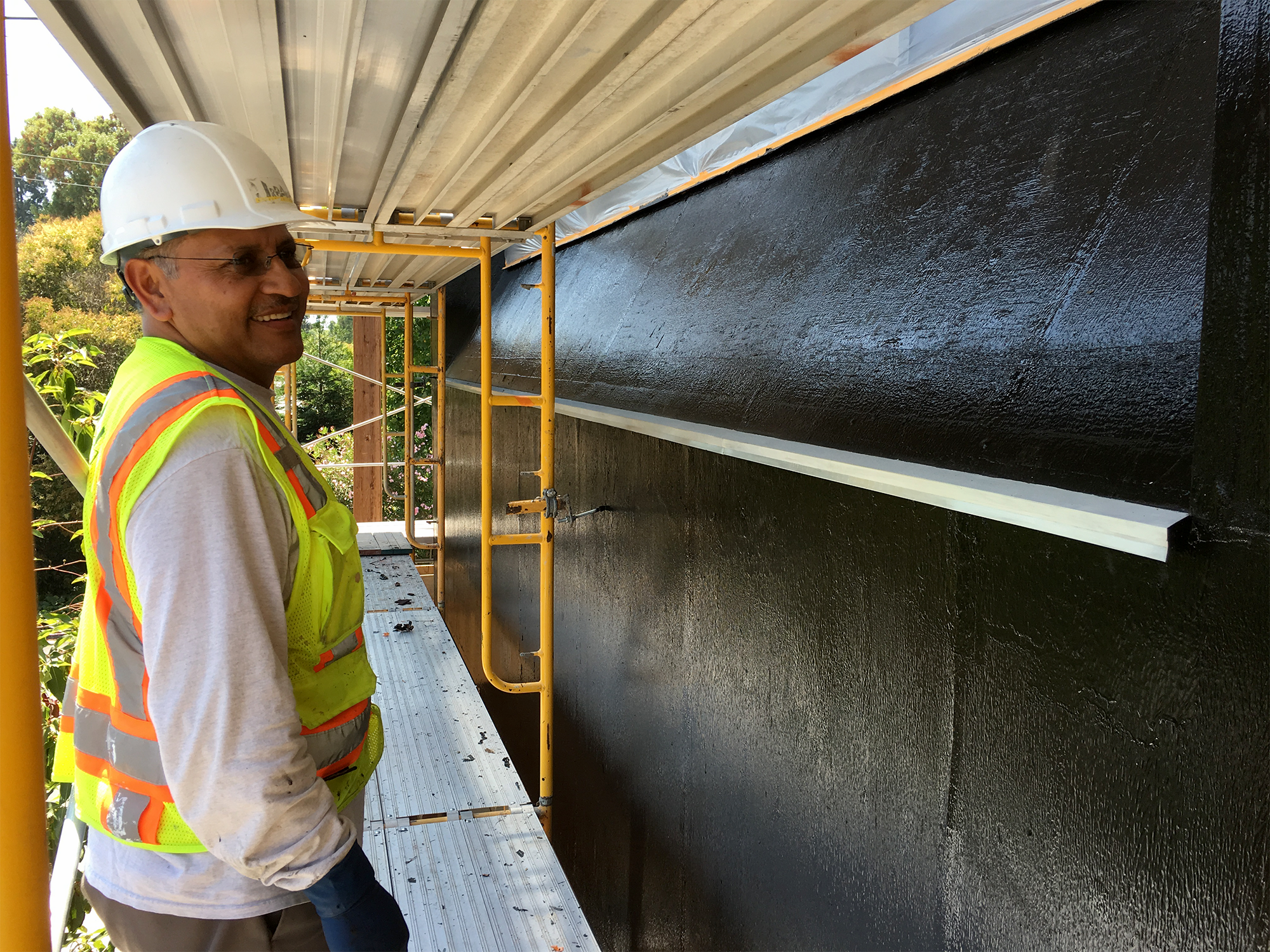
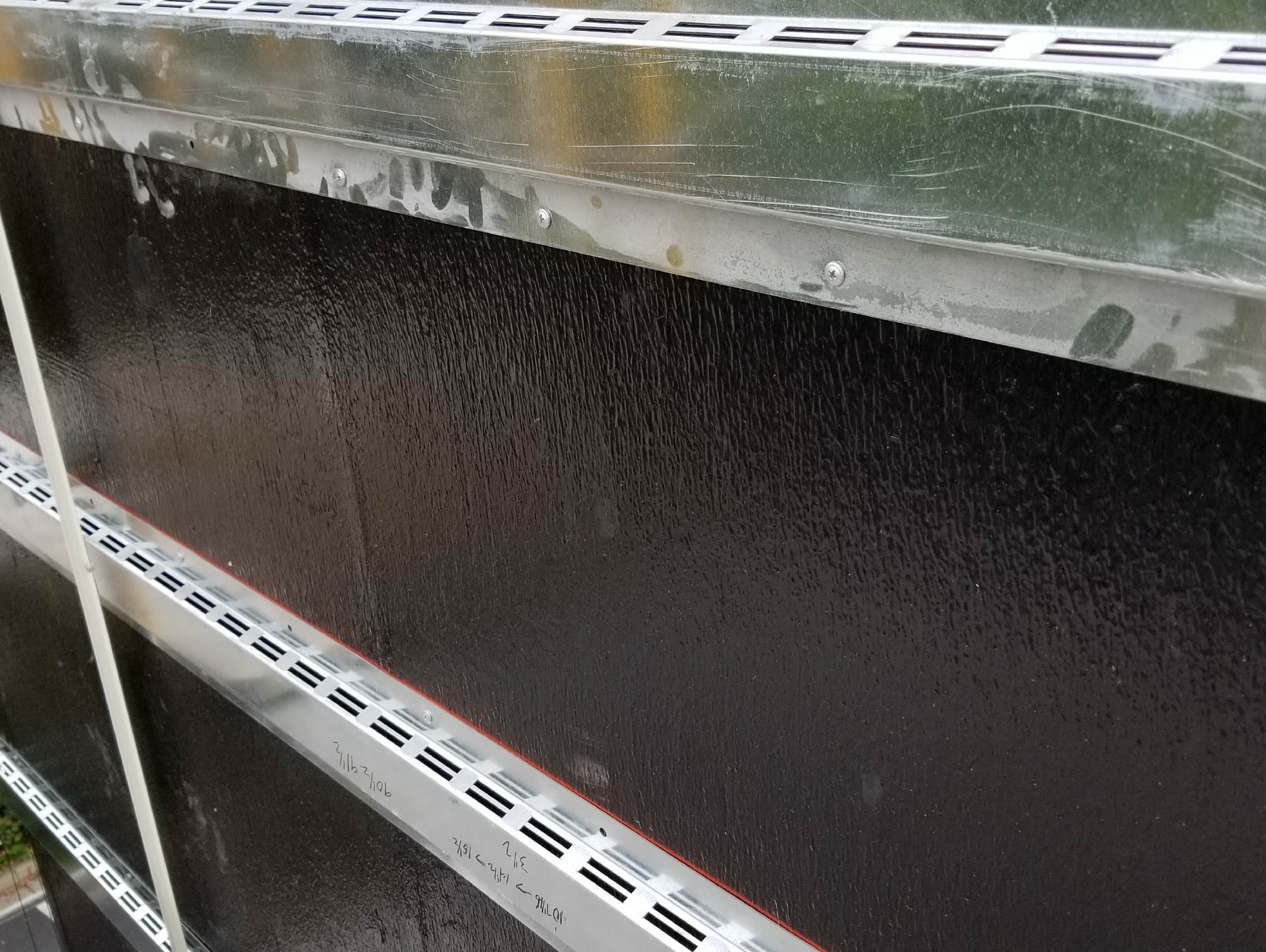
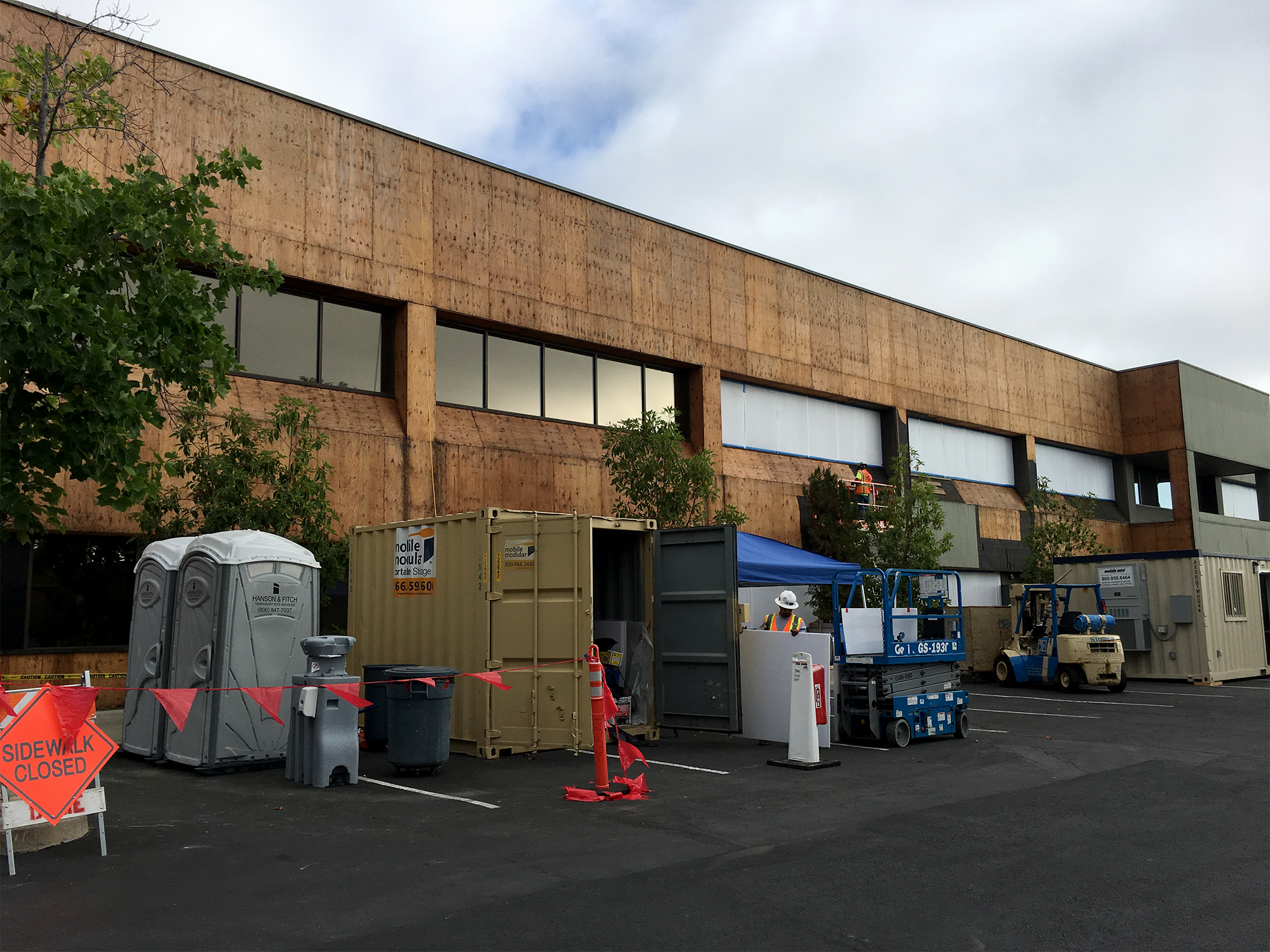


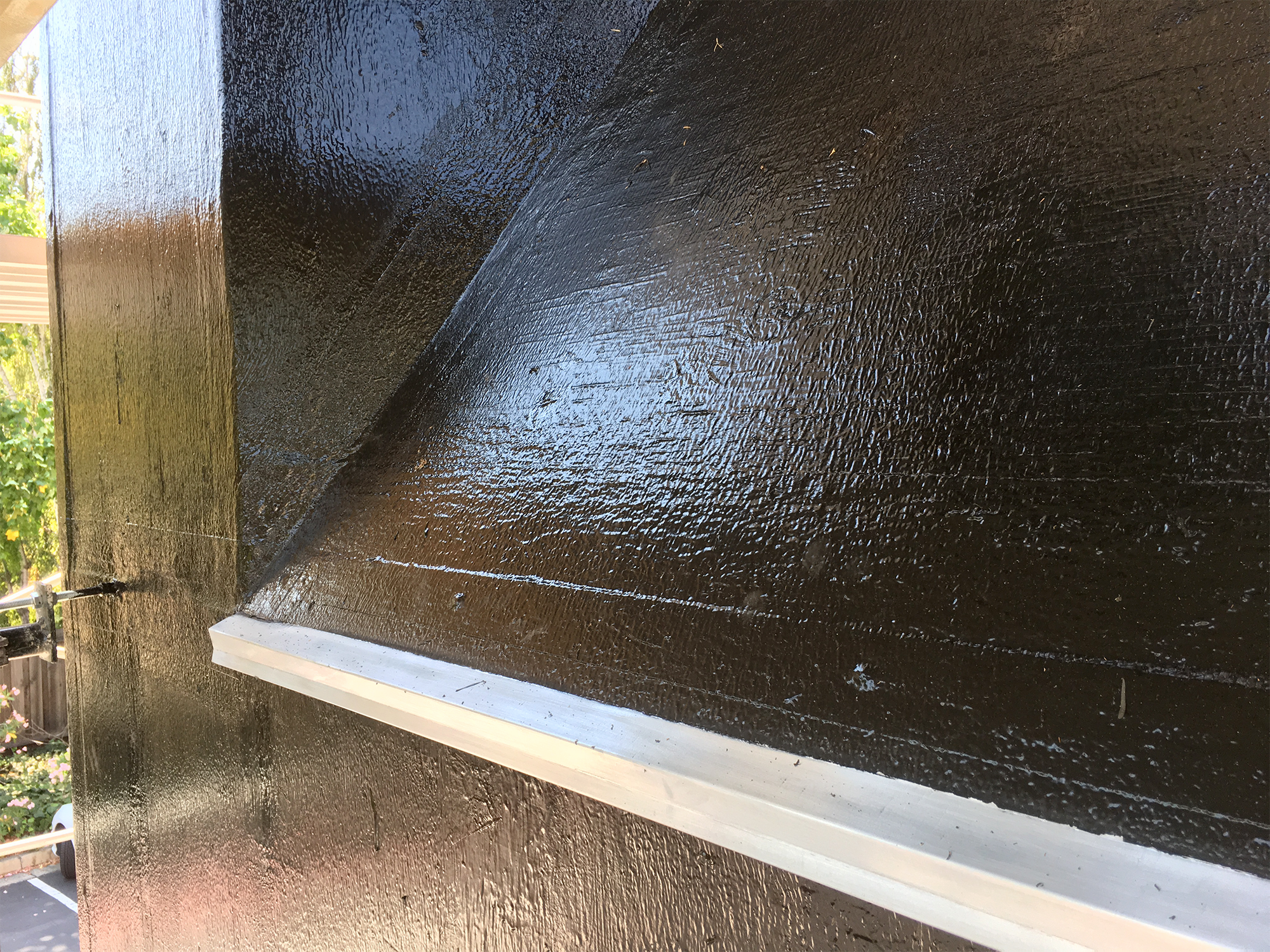
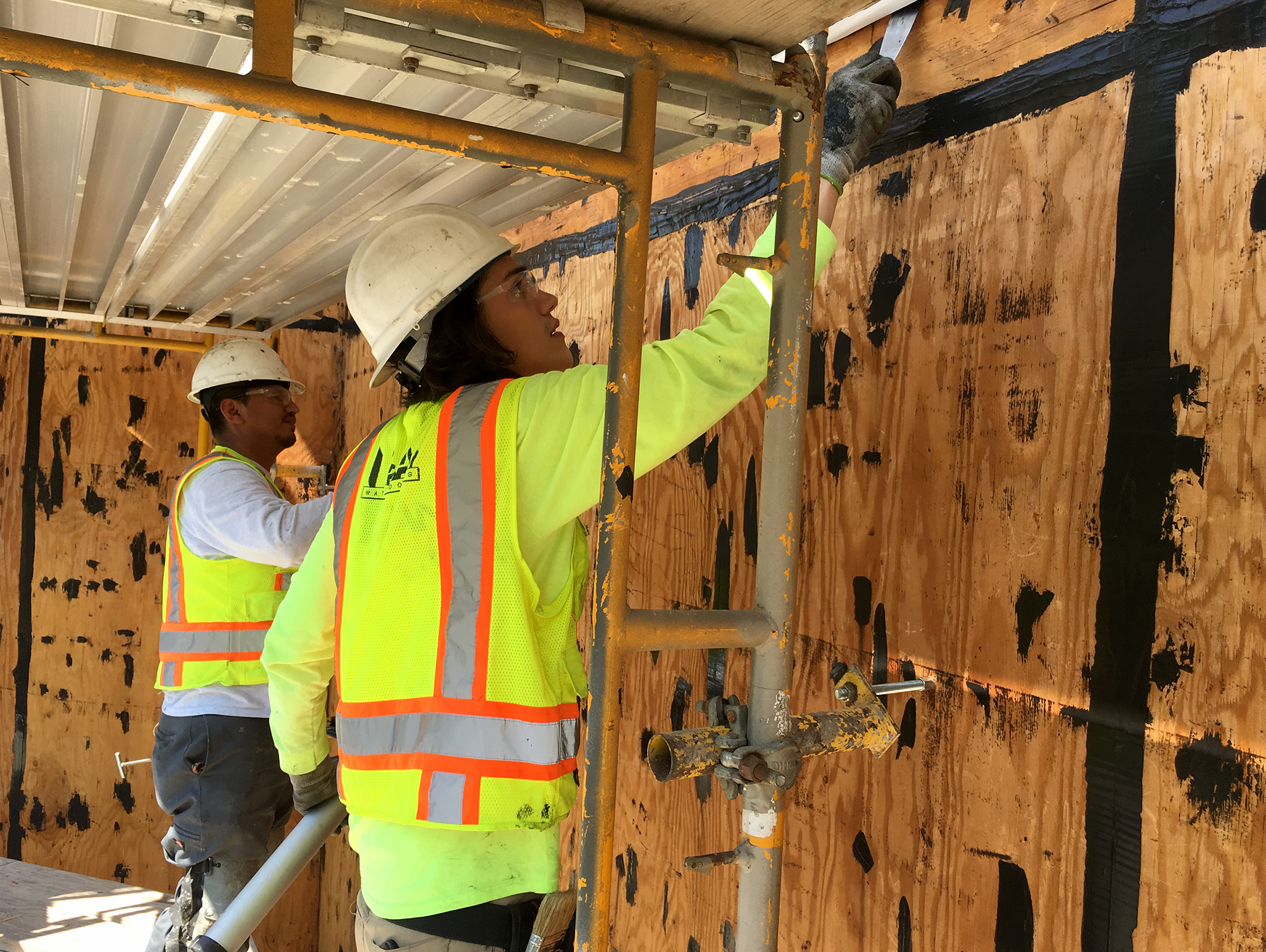
What We Did
Applied over 700 gallons of GE Elemax silicone air barrier to 47,000 square feet of plywood substrate
Detailed over 25,000 feet of corners and transitions
Detailed almost 30,000 nail and fastener heads in plywood cladding.
Project Details
The two-story wood-structure office building in Redwood City was scaffolded, and the exterior wood slat siding was removed, revealing damaged building paper (the existing waterproofing) and then plywood in various states of dry rot in various locations. Hardly the new, pristine plywood that we like to see, it was a challenging substrate to work with. At the end of the day, we owned it. This WAB (anir and water barrier) system is straight-forward to apply, but we had to make sure we didn’t miss a single fastener head or inch of corner transition.
Using a 5" knife, we applied a detailed dab of GE Elemax 5000 silicone to every fastener head and penetration (total of over 30,000). Corners received a stripe coat of the sealant, then reinforcing fabric was applied, then another pass with the sealant, to create a strong three-course application to reinforce these moving locations.
With all of the plywood boards fasteners detailed and corners reinforced, we applied the Elemax to the field of the walls. The key to this is applying enough material. The advantage of the Elemax material is that it is "self-healing", meaning a nail driven into it gets gasketed by the flexible air barrier material. If applied too leanly, there is not enough thickness for the material to create those gaskets and preserve the watertight membrane. Our crew used the sound of the rollers (an experienced applicator can hear it when the coating is too thin on the roller), material usage (using simple math, you can figure how many buckets of material you should use on a wall section), and mill thickness gauges to ensure that behind the colorful new Hardie cement panels, there was a fully intact and monolithic waterproof membrane.
Want to know how we can help with your next project?
